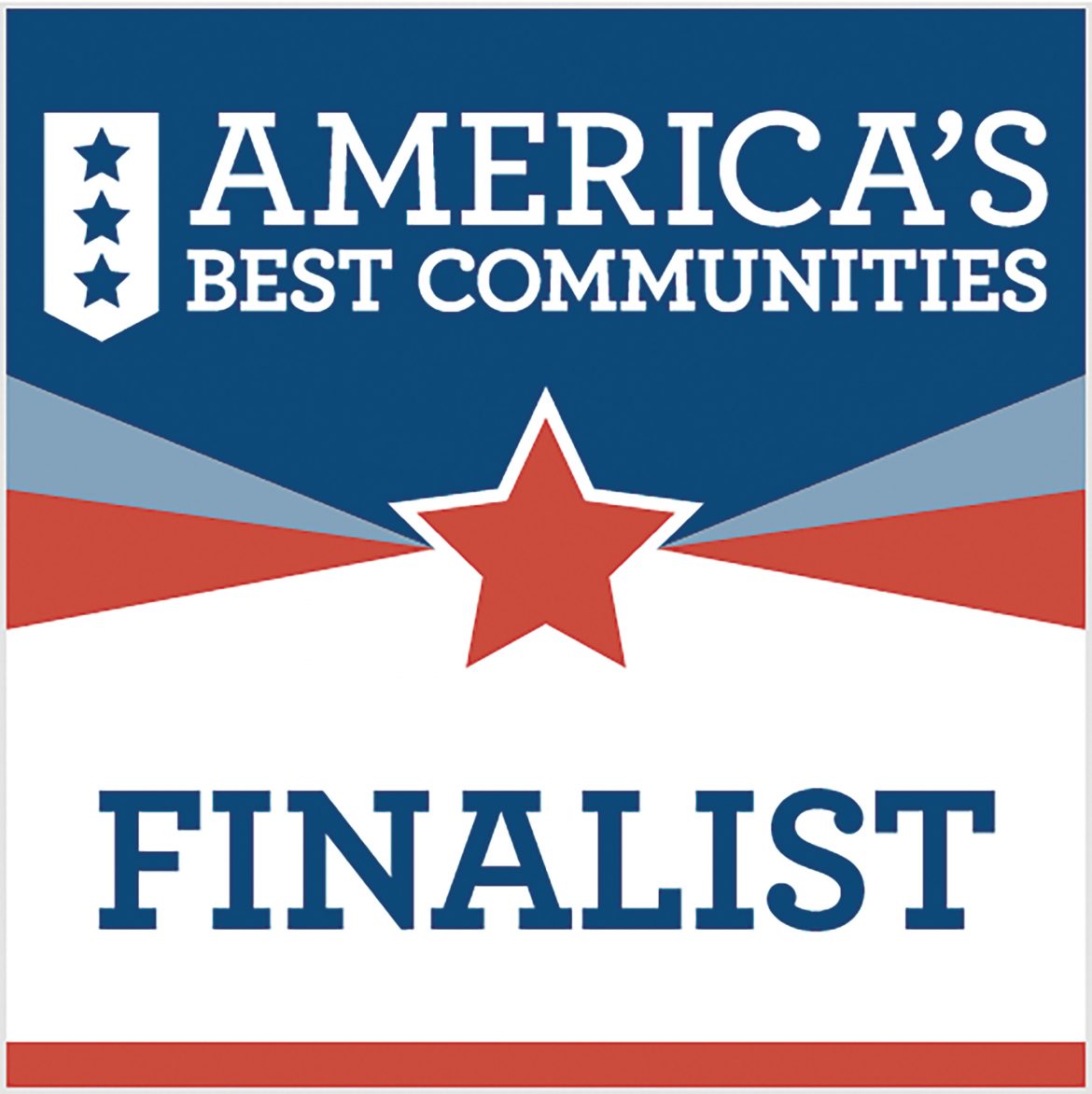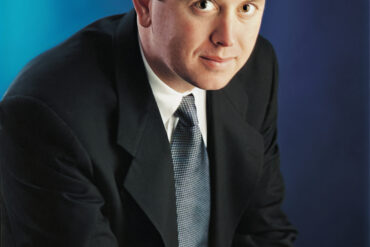As a finalist in the America’s Best Communities competition, Huntington is thinking big with plans to transform the region.
By Dawn Nolan
HQ 96 | WINTER 2017
On April 26, more than two years since completing the application process, the City of Huntington will know the result of its efforts in the America’s Best Communities (ABC) competition.
“When the representatives from Frontier came to meet with us, I told them, ‘You don’t need to go anywhere else. We’re going to win this thing,’ ” Mayor Steve Williams says. “What they were asking for with this plan was the revitalization of a community, and that’s precisely what we’d started doing in 2013 when we came into office.”
Huntington has surpassed hundreds of other competitors to make it to the last round of the competition. Joining the city in the top eight are Chicago Lakes, Minnesota; Darrington/Arlington, Washington; Lake Havasu City, Arizona; Madison, Indiana; Statesboro, Georgia; Tualatin, Oregon and Valley County/Meadows Valley, Idaho.
As a finalist, Huntington was awarded $100,000, in-kind awards from ABC prize sponsors and an 11-month timeframe to begin implementing tactics outlined in its submitted plan. The top three finalists that score the highest on a 12-point scale (made up of three categories: achievement of short-term tactics, community engagement and sustainable community revitalization) will receive anywhere from $1 million to $3 million.
Huntington’s plan, known as the Huntington Innovation Project, or HIP, focuses on the redevelopment of three areas of the city: Fairfield/Hal Greer Boulevard (Fairfield Innovation Corridor), Highlawn (Poly-TeCH Brownfields Revitalization) and the West End (West End River-to-Rail Revitalization). Williams adds that the “virtual ribbon that ties everything together” in the plan is Gigabit City, a $24 million broadband infrastructure upgrade which will link the neighborhoods outlined in the HIP plan with Marshall University, Cabell Huntington Hospital, St. Mary’s Medical Center and other economic hubs.

“These three separate projects will be successful in their own right,” Williams says. “They’re interconnected but strategically different. Broadband will take these projects, plus downtown and neighboring areas, connect them and propel us into development and success that this city has never seen.”
“I was always adamant about the fact that you can’t revitalize the city by looking at one project,” consultant/former city manager Margaret Mary Layne says. “There is no silver bullet. This is a holistic revitalization plan. It’s very viable, and workable, and I think that’s what sets us apart.”
As part of the Fairfield Innovation Corridor initiative, Hal Greer Boulevard is being revamped with walkable and green roadways, commercial and residential development (in place of the former Northcott Court public housing site) and additional improvements such as the expansion of the A.D. Lewis Community Center. Partnerships between the City of Huntington, Marshall University, area hospitals and other businesses play an important role in this progress.
“What we want to do is lift up the standard, the quality of life, in the nearby neighborhoods that we have along Hal Greer,” Williams says.
The Poly-TeCH Brownfields Revitalization initiative centers on redeveloping vacant industrial spaces in the Highlawn neighborhood, specifically along the riverfront, for mixed-use development. Central to the project is the Polymer Technology Center, or Poly-TeCH, a regional center for the commercialization and advanced manufacturing of polymer technologies.
“With the Highlawn Brownfields project, we are connecting with Marshall University and utilizing private partnerships with industries to create research and development and recreational and commercial opportunities,” Williams says. “This will have a direct, positive effect on the residential community.”
Coalfield Development Corporation’s WestEdge Factory is one of the main components of HIP’s West End River-to-Rail Revitalization plan. Located in the former Corbin building, WestEdge is to be a regional hub for employment training programs for displaced workers (including Mine the Sun, West Virginia’s first solar job training program established in partnership with Solar Holler) and creative enterprises.
“The future of economic development is more of a bottom-up approach,” Coalfield Executive Director Brandon Dennison says. “We’re tapping into our own resources, our own strength.”
“WestEdge is the quintessential example that you can do several things in one location and have a broad effect,” Williams says. “It’s an indication of what rich talent we have.”
From gifting donations to participating in special projects like the #ABC8 Social Media Challenge or #ABC8 Restaurant Night, community involvement has been crucial to Huntington’s success in the competition.

“In the quarter finals, we were required to raise $15,000 in community matching funds,” says Mary Witten Wiseman, president of Foundation for the Tri-State. “We raised $25,000. We were the only community in the competition that didn’t have the city or chamber write a single check. Our civic leaders are not the only ones getting involved in this competition. People from every walk of life and every neighborhood keep coming forward to make a contribution. It’s the most exciting thing I’ve ever been involved in.”
“That’s been the biggest surprise of this transformation,” Williams says. “People have become sick and tired of talking about what we haven’t done. So, they’ve chosen to be a part of the conversation of what we can do. We’re forward thinking rather than looking in the rearview mirror.”
Whether or not Huntington actually comes out on top in the competition, in a way, the city has already prevailed.
“We’ll keep going even if we don’t win,” Layne says. “We’ve got the community support. We’re full speed ahead.”
“From what I’ve seen in the other finalists’ projects, none are seeking to transform an entire region. Even if they don’t call our name in April, the Tri-State is going to see an explosion of development in the next five to 10 years,” Williams says. “What happens here will have a ripple effect. There’s a tsunami getting ready to hit.”



